Article #11 on the Passion of Jesus Christ
(Matt. 27:15-19, Mk. 15:6-10, Lk. 23:13-16, Jn. 18:33-40)
Contextual Details for Harmonizing the Gospels: Even though Matthew, Mark, & John overlook Jesus’ appearance before Herod, Matthew and Mark signal a break in the storyline of the 1st appearance before Pilate using the word, “Now”, as demonstrated in Matt. 27:15 & Mk. 15:6, thus indicating a transition to the forthcoming events of the 2nd appearance before Pilate (Note: the “Now” recorded in Matthew and Mark correlates with the “But” in John 18:39). Matthew reveals exactly what caused Pilate to turn aside from judging and condemning Jesus in the 2nd appearance, suddenly motivating him to question Jesus in private conversation according to Matt. 27:19. John gives a description of the physical territory to make sense of how Pilate and Jesus had a private conversation away from the multitude in John 18:28-29, while explicitly referencing the beginning of a new conversation as a subsequent interrogation in a different location in John 18:33. Pilate’s final decision to chastise Jesus by the scourge in an attempt to liberate Him was made during the conversation that is recorded in the 2nd appearance according to Luke 23:16-17, hence the parenthetical statement.
There was nothing the Jews could do but bring the Messiah back to Pilate. Apparently, Herod and Pilate had some private communication about this matter, which is why the Scripture says that they became friends. For the first time ever they were in agreement together in opposition to the Jews, and on such a controversial and consequential judgment.
“And the same day Pilate and Herod were made friends together: for before they were at enmity between themselves.” – Lk. 23:12
Pilate was determined to leverage this unity of judgment to his advantage hoping to dissuade the Jews from their murderous agenda. This is why Pilate emphasized that neither he nor Herod found Jesus worthy of death in Luke 23:13-16. However, to further appease the Jews, Pilate was purposed to “chastise” the Messiah in a scourging. The fury of the crowd made Pilate think that there was no other recourse.
“And Pilate, when he had called together the chief priests and the rulers and the people, Said unto them, Ye have brought this man unto me, as one that perverteth the people: and, behold, I, having examined him before you, have found no fault in this man touching those things whereof ye accuse him: No, nor yet Herod: for I sent you to him; and, lo, nothing worthy of death is done unto him. I will therefore chastise him, and release him.” – Lk. 23:13-16
Each Gospel adds more detail to the exchange that took place between Pilate and the Jews. At some point the multitude began to insist upon the annual release of a prisoner. In fact, Pilate’s offer to release Jesus was made in reference to a customary release that everyone was expecting. The parenthetical statement in Luke 23:17 indicator of this custom. Nevertheless, the governor was clearly frustrated with the people’s behavior of noncompliance. Therefore, to spite them, he mockingly said, “Will ye that I release unto you the King of the Jews?” (Mk. 15:6). This was a provocative question to the Jews because they were envious of the fame and influence of Jesus Christ.
“Now at that feast he released unto them one prisoner, whomsoever they desired. And there was one named Barabbas, which lay bound with them that had made insurrection with him, who had committed murder in the insurrection. And the multitude crying aloud began to desire him to do as he had ever done unto them. But Pilate answered them, saying, Will ye that I release unto you the King of the Jews? For he knew that the chief priests had delivered him for envy.” – Mk. 15:6-10
An increasingly loud and chaotic pressure campaign was being steadily applied by the Jews. This eventually made the difference in the impasse. The ability of the Chief Priests to stir up the multitude to cry aloud their demands in unison was key to their diabolical success. However, simultaneously, Pilate was also feeling pressure contrarywise from a very unlikely source: the wife.
“Now at that feast the governor was wont to release unto the people a prisoner, whom they would. And they had then a notable prisoner, called Barabbas. Therefore when they were gathered together, Pilate said unto them, Whom will ye that I release unto you? Barabbas, or Jesus which is called Christ? For he knew that for envy they had delivered him. When he was set down on the judgment seat, his wife sent unto him, saying, Have thou nothing to do with that just man: for I have suffered many things this day in a dream because of him.” – Matt. 27:15-19
This surprising interruption further complicated things for Pilate. A sudden message coming in from the wife, right when Pilate took “the judgment seat”, was certainly unusual. For, this seat indicates that the governor was about to make a final decision. She knew exactly what Pilate was about to do at the judgment seat, as she was overlooking the noisy and troublesome affair going on in the courtyard from her own vantage point in the palace. Remember, the judgement seat was located in the hall, which was inside the palace, in a separate place from the multitude only because the Jews refused to come inside on the Passover (John 18:28). Perhaps this interruption compelled Pilate to deliberate further, and thus he decided to make a second attempt at hearing from Jesus in private conversation.
“Then Pilate entered into the judgment hall again, and called Jesus, and said unto him, Art thou the King of the Jews? Jesus answered him, Sayest thou this thing of thyself, or did others tell it thee of me? Pilate answered, Am I a Jew? Thine own nation and the chief priests have delivered thee unto me: what hast thou done? Jesus answered, My Kingdom is not of this world: if My Kingdom were of this world, then would My servants fight, that I should not be delivered to the Jews: but now is My Kingdom not from hence. Pilate therefore said unto him, Art thou a King then? Jesus answered, Thou sayest that I am a King. To this end was I born, and for this cause came I into the world, that I should bear witness unto the truth. Every one that is of the truth heareth My voice. Pilate saith unto him, What is truth? And when he had said this, he went out again unto the Jews, and saith unto them, I find in him no fault at all.” - John 18:33-38
Undoubtedly, Pilate was interested in his own personal preservation more than anything. Therefore, one question was of the utmost concern to him: “Art thou the King of the Jews?” (Jn. 18:33). However, in the midst of it all, a sense of justice was compelling the governor to ask Jesus, “what hast thou done?” (Jn. 18:35). Pilate probably felt some sense of pity for Jesus as an innocent Man. Nevertheless, when the governor gazed into the eyes looking back at him, while standing face to face with the Son of God, Pilate was struck with the feeling that he was the one being countenanced with pity. Perhaps this is what caused the Messiah to speak more openly to Pilate on this occasion, when before the Son of God remained silent.
“It was a good confession for the Nazarene, clothed in the common smock frock of a Galilean peasant, with gory sweat still upon His brow, with the ropes that bound Him still about His wrists, with the howling savagery of His countrymen behind Him, to say to Pilate, ‘I am a King.’” – C.H. Spurgeon, The King in Pilate’s Hall
The Lord plainly declared that He was indeed a King! However, Jesus explained to Pilate that His Kingdom was not currently a threat to the sovereignty of Rome because it was not of this world. Then the Messiah shifted the conversation to the one thing that both the Jews and Gentiles desperately needed: the Truth. In bewilderment, Pilate responded with the question, “What is truth?” (Jn. 18:38), and then he abruptly ended the conversation. No wonder. The most powerful men in the world were made to feel weak and vulnerable in the presence of the Son of God, because the divine words being uttered were penetrating to the human heart.
“But ye have a custom, that I should release unto you one at the passover: will ye therefore that I release unto you the King of the Jews? Then cried they all again, saying, Not this man, but Barabbas. Now Barabbas was a robber. Then Pilate therefore took Jesus, and scourged him.” - John 18:39-19:1
Finally, this episode of deliberation on Pilate’s part ended with a command to scourge Jesus; and were it not that the crowd outside was unrelenting in its demands, not even this would have been ordered by the governor.
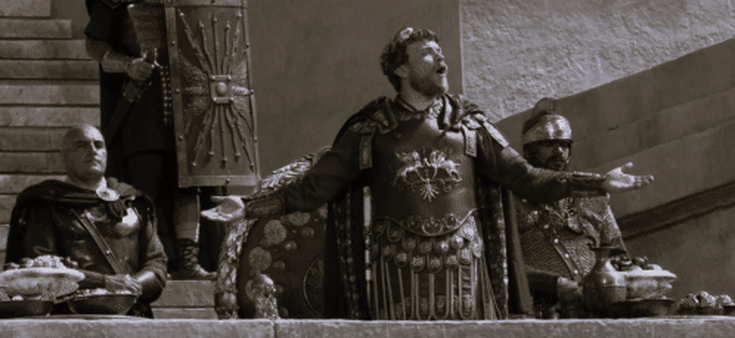
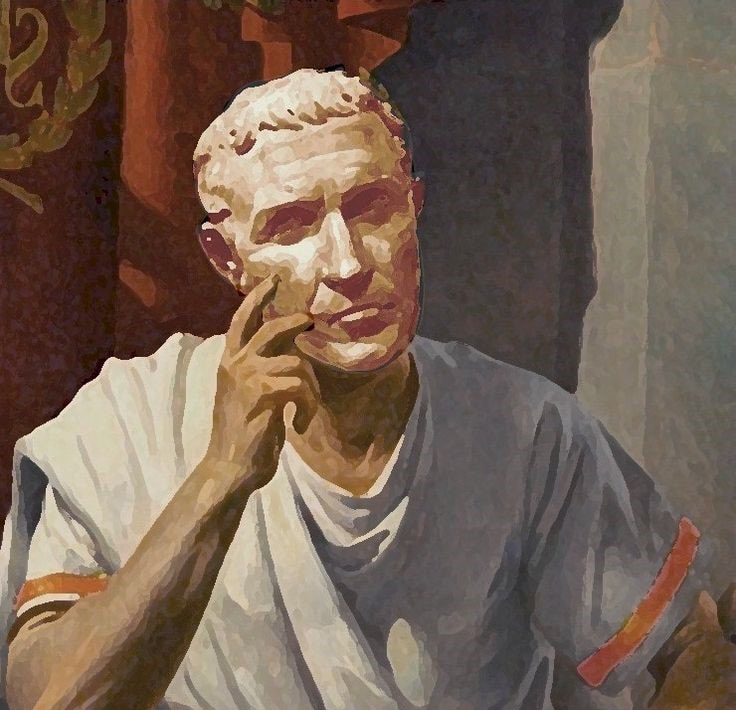
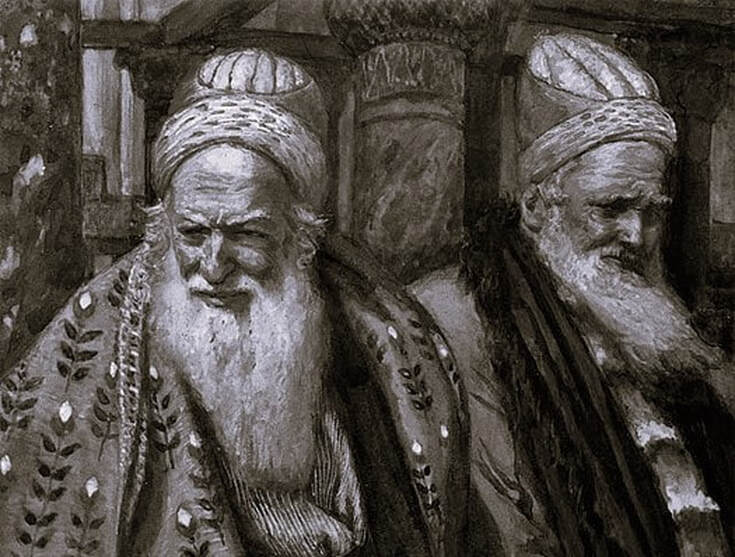
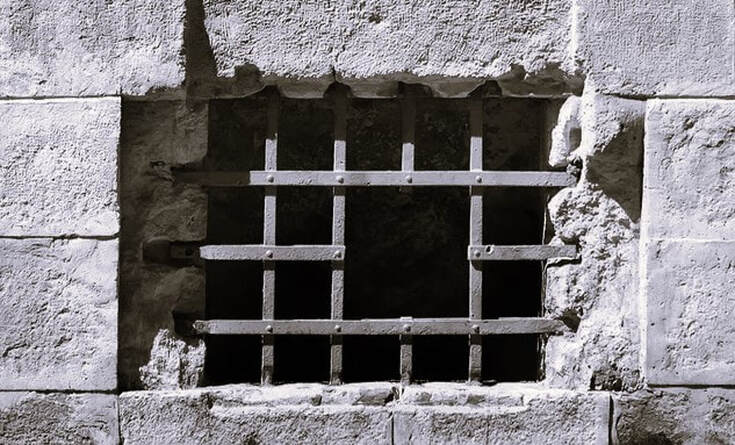
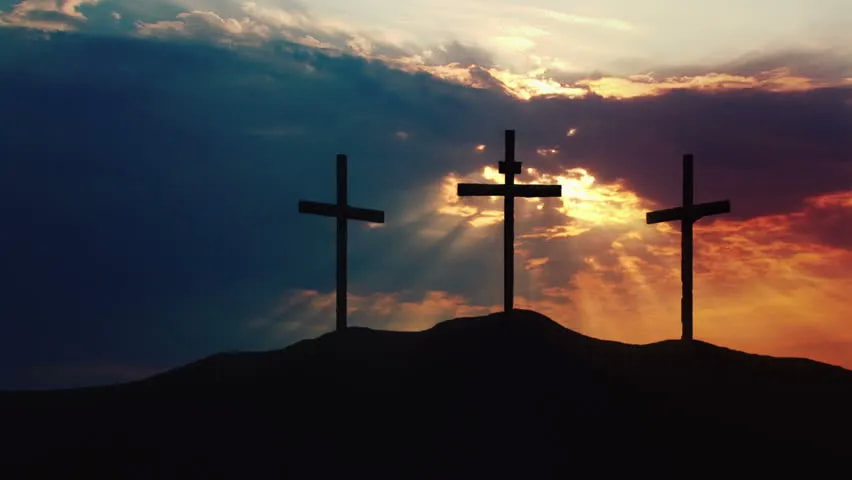
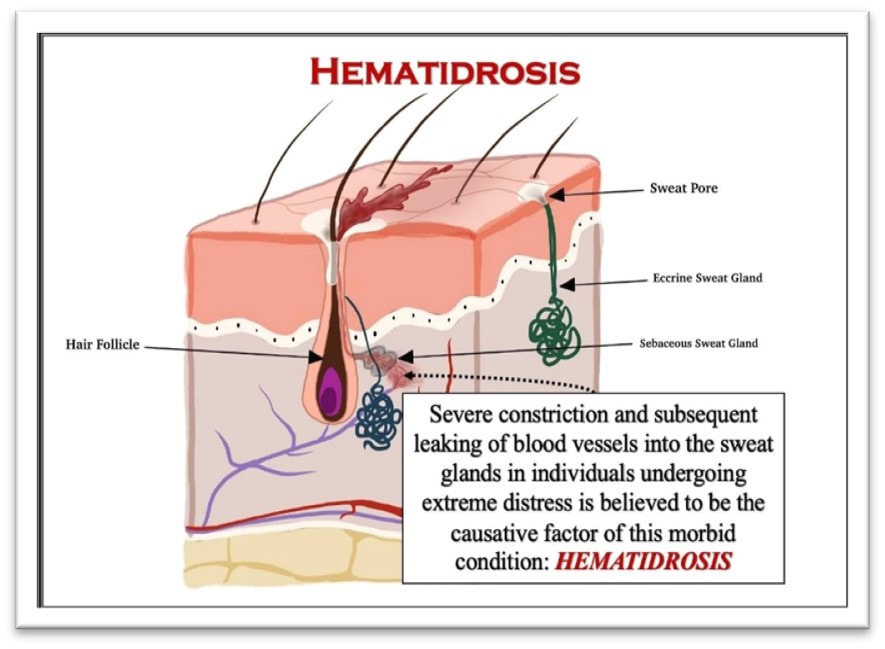
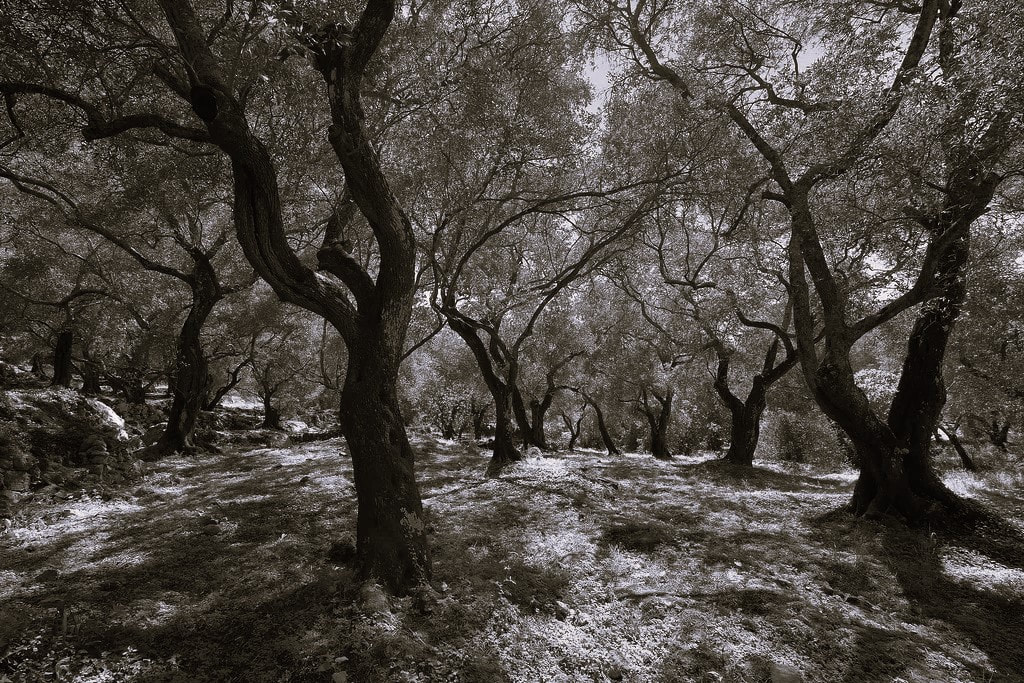
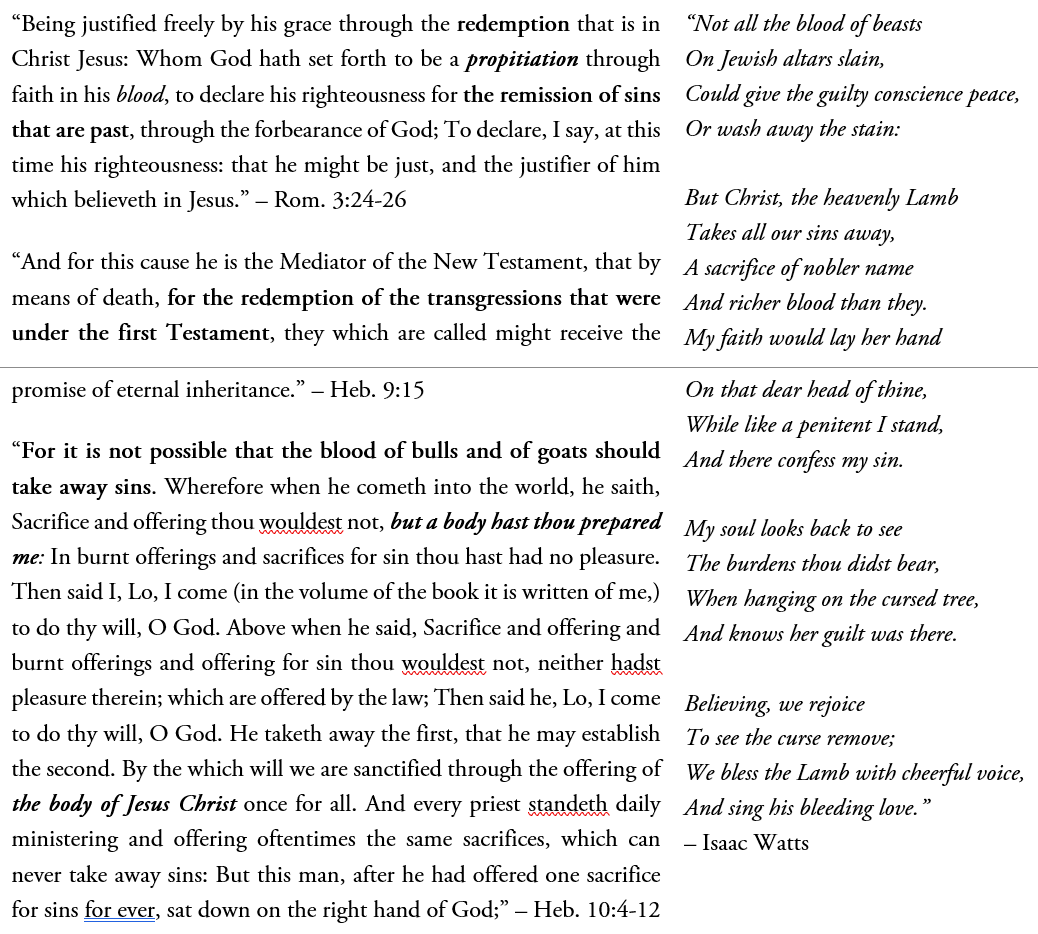

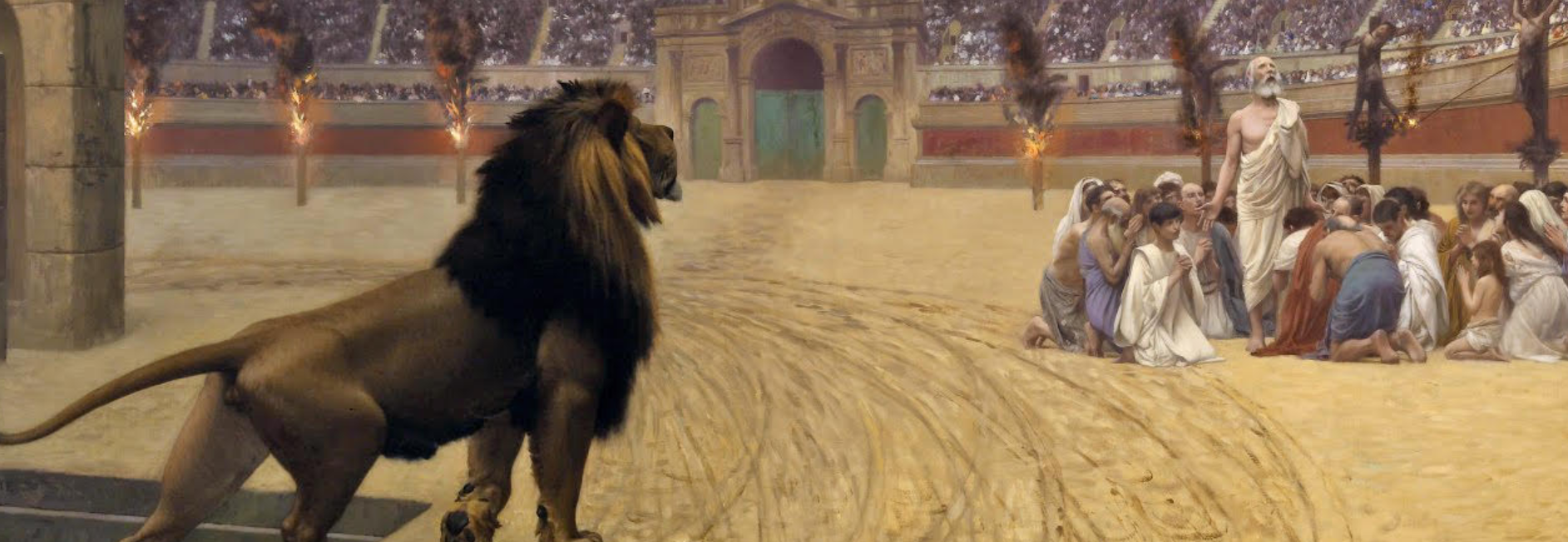
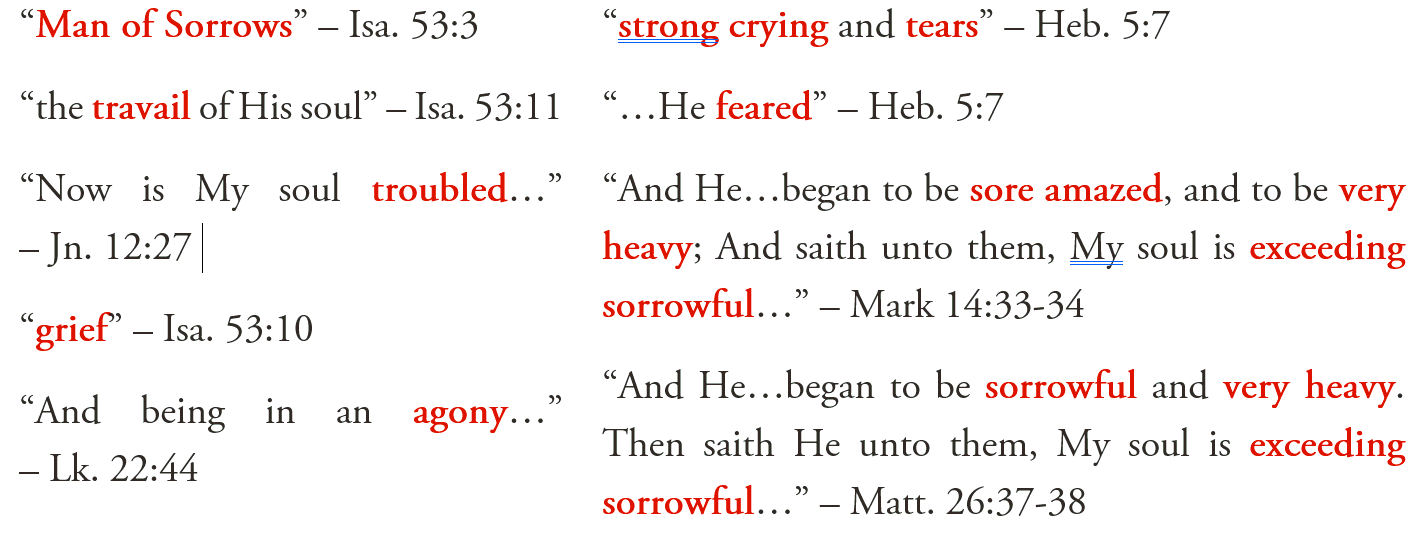

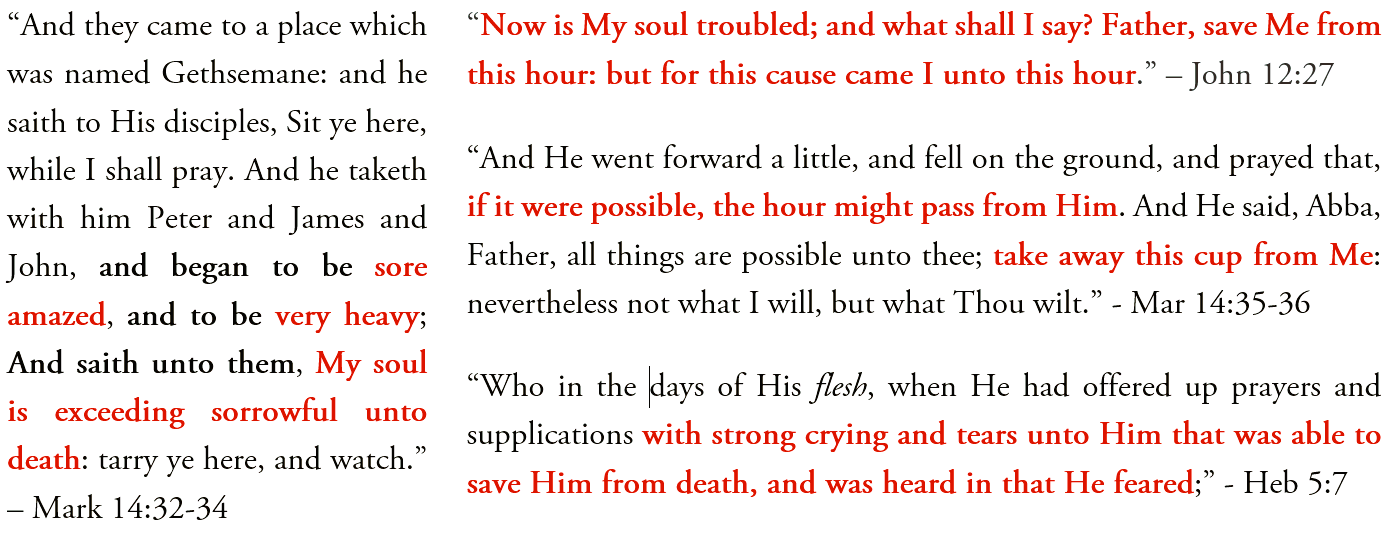

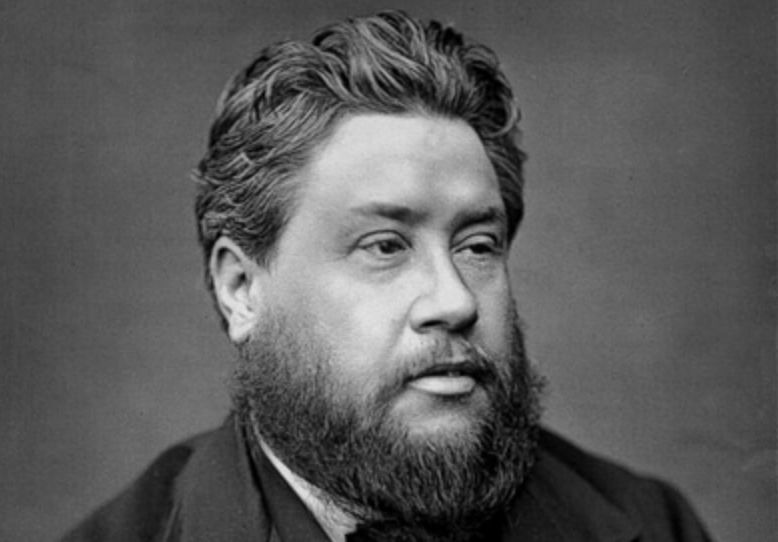
 RSS Feed
RSS Feed